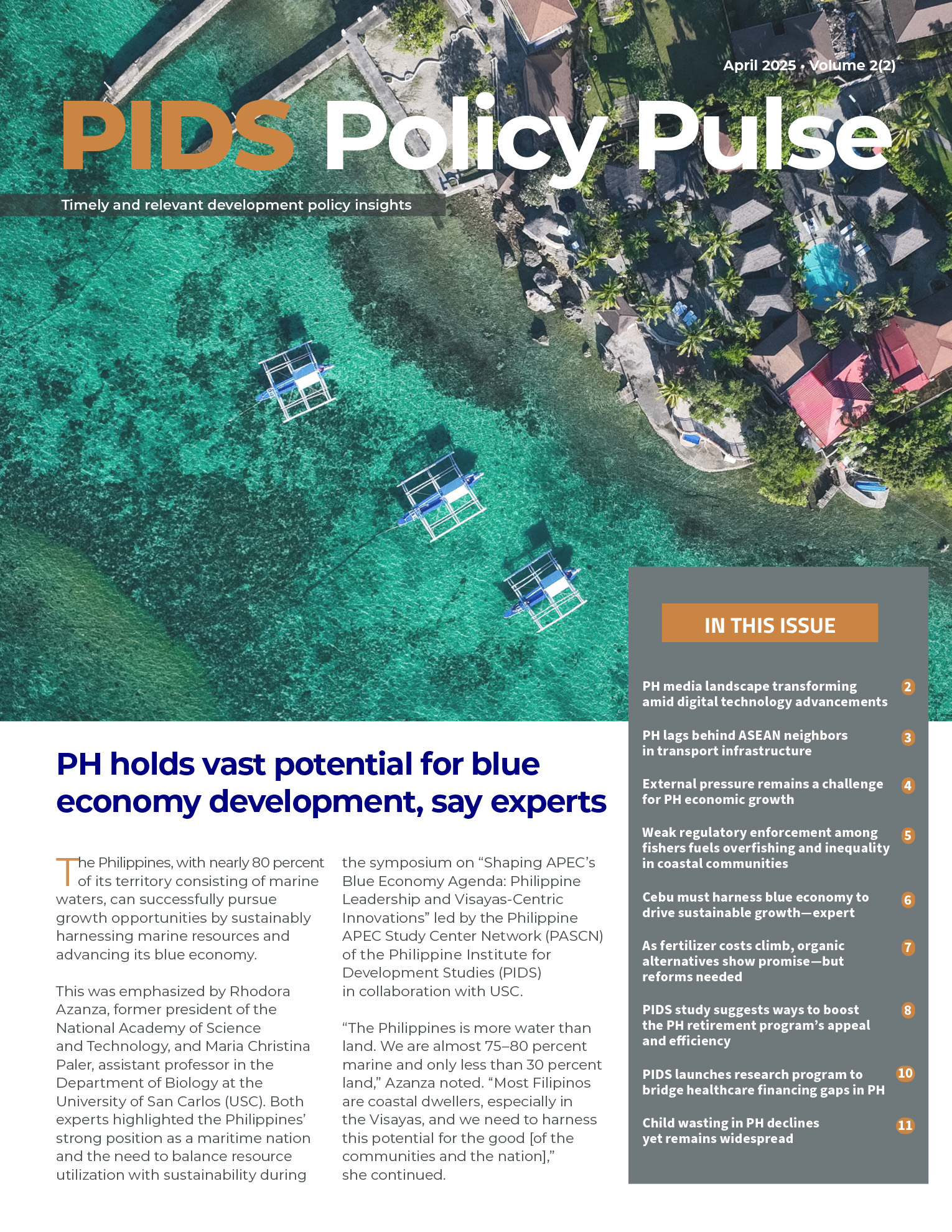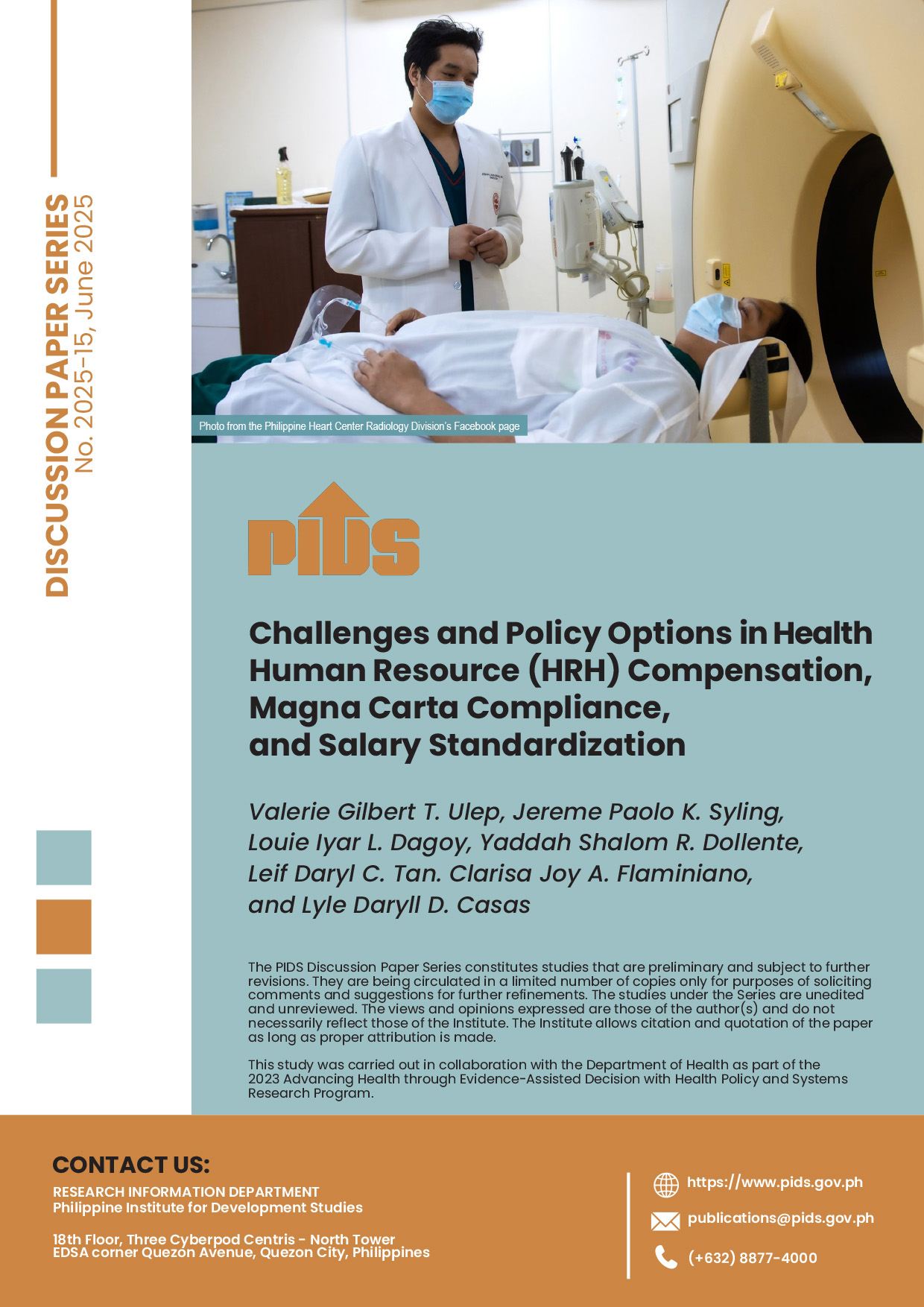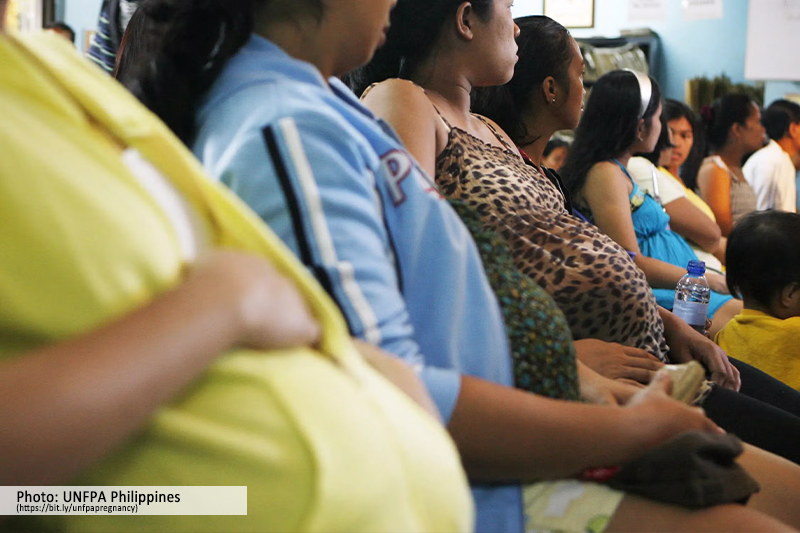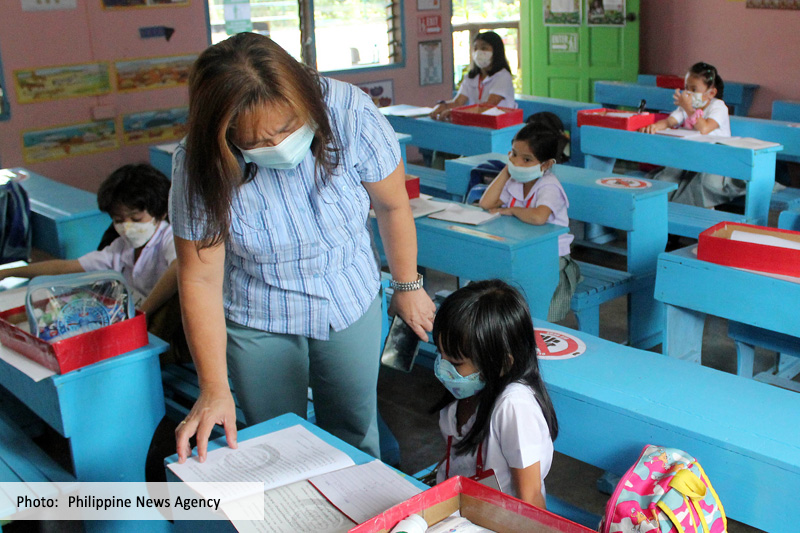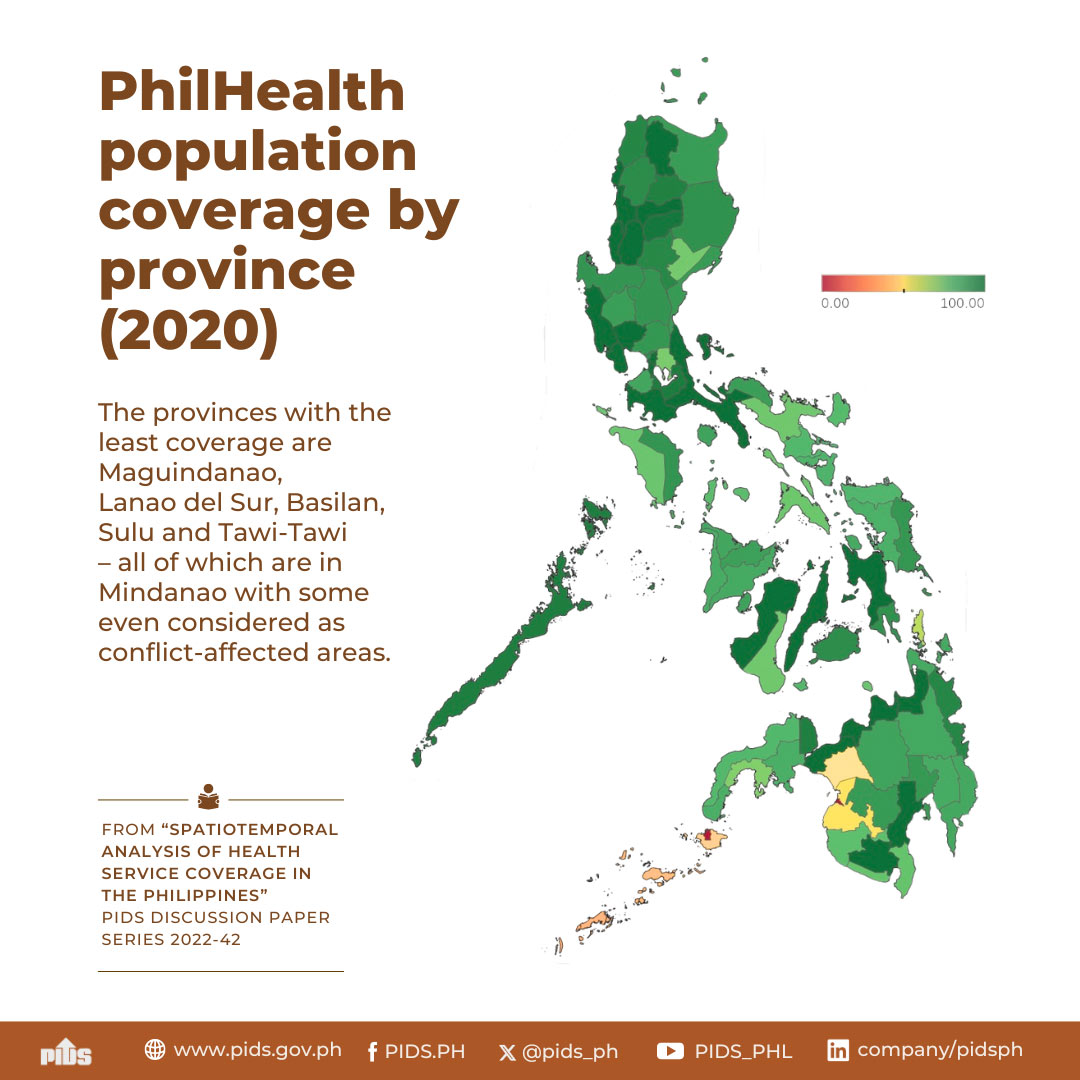The continuing social inequity in the financing and delivery of health services in the Philippines is a prime reason for the country’s underachievement in several health targets, a study published by the Philippine Institute for Development Studies showed. According to a PIDS policy note titled "The puzzle of economic growth and stalled health improvement in the Philippines,” inequity in health status, financing, and services has been a long-running development problem in the country. The report said that this inequity has even sharpened as the economy grew, making it better for some groups but not for others. "The Philippine economy has grown respectably in the past few years, but the overall health status indicators have not markedly improved commensurate with that growth,” the PIDS study said. The policy note cited a recent United Nations review which showed that while the Philippines will possibly achieve its Millennium Development Goal (MDG) target in the reduction of under-five mortality, it is unlikely to hit the goal for maternal mortality ratio. It added that the achievement of the MDG target for the reduction of infectious diseases, such as malaria, HIV, and tuberculosis, is also shaky. "Thus, while gross domestic product (GDP) grew by an annual average rate of five percent in recent years, health indicators have largely stalled,” the report said. "Economic growth has also been uneven in terms of its spatial distribution: the poorest regions have lagged behind in health access, service coverage, and household health,” it added. The PIDS study said that the health status and service coverage in Metro Manila, Central Luzon, CALABARZON, and other highly urbanized areas in the Philippines are similar to that of other large middle-income countries.
Reasons Cited For Lag In Health Service Reforms
Malaya


